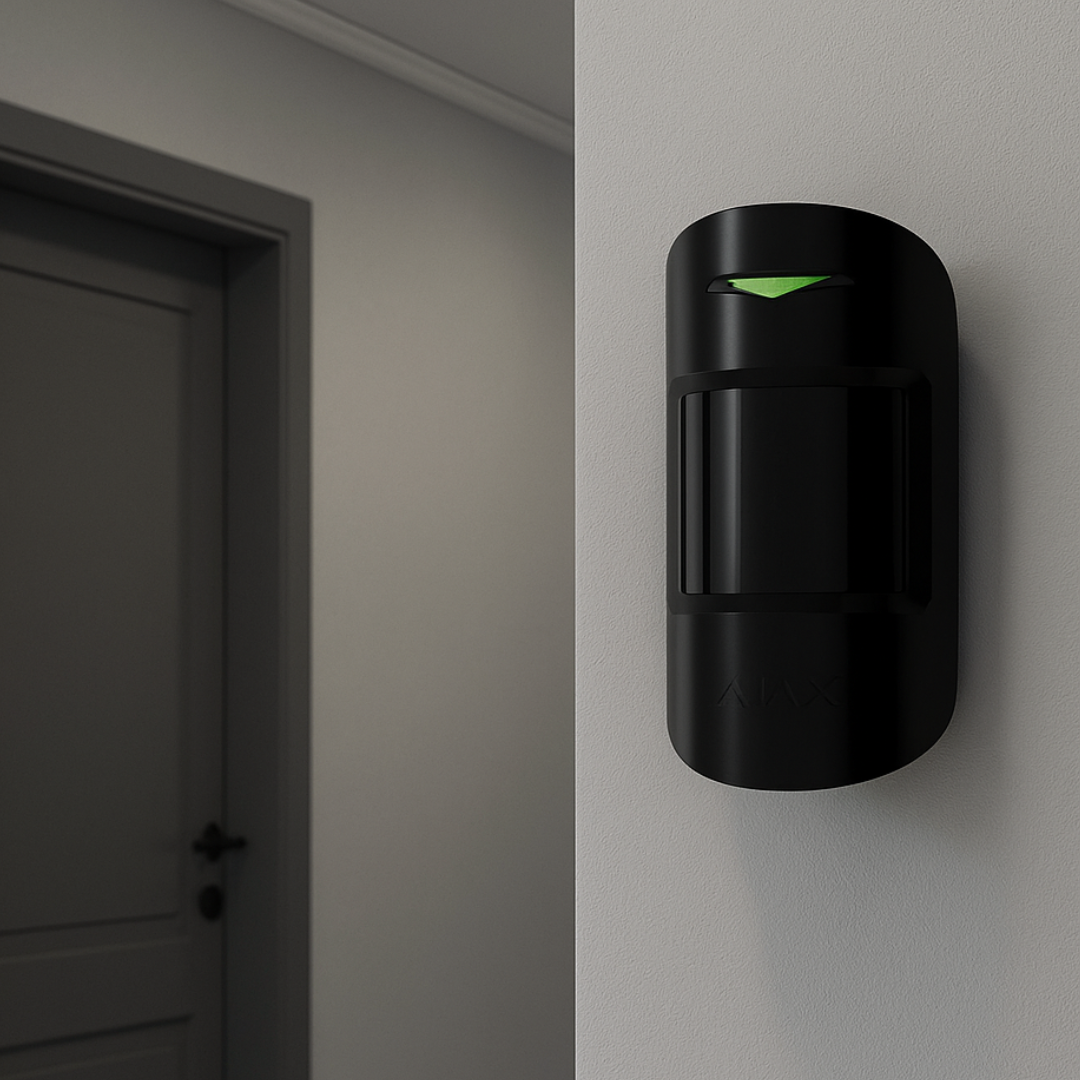Installing a burglar alarm is one of the quickest and most effective ways to deter intruders and protect your property. But how much should you budget for an intruder alarm system?

With the right alarm, you gain the peace of mind that your home, family, and belongings are protected the moment suspicious activity is detected. This guide will break down the costs for different types of burglar alarms, explain the factors that influence pricing, and help you choose the right system for your property.
Whether you’re looking at a simple bell-only wired alarm, a smart wireless system, or a monitored setup for complete protection, this cost guide, based on UK domestic and small commercial projects, will give you a realistic picture before you buy.
How Much Does Burglar Alarm Installation Cost?
Before an installer gets started, they’ll carry out a site survey, usually around an hour, to assess your property’s layout, identify entry points, and recommend the right alarm type for your needs.
They’ll then give you a full quote for equipment, installation, and any extras needed for a British Standards-compliant setup. High-spec installations with more sensors, integrated CCTV, or smart monitoring can easily exceed £1,000.

Why Install a Burglar Alarm?
Whether you’re being proactive in a safe area or reactive after an incident, a burglar alarm is an excellent deterrent. The sight of an alarm bell box and knowing a loud siren will activate in a break-in often stops criminals in their tracks.
For those in areas with higher crime rates, or moving into a property that’s been targeted before, a reliable intruder alarm is a smart investment in safety.
Types of Burglar Alarm Systems
A burglar alarm panel is the control centre of your security system. Basic versions trigger a siren when activated, while modern systems can send SMS, push notifications, or even integrate with CCTV for a complete solution.
View our Burglar Alarm Panels Collection.
2. Sensors
The cost of your alarm will depend on the number and type of sensors you choose:
- Infrared sensors (PIR) – Detect changes in temperature caused by movement.
- Magnetic contact sensors – Installed on doors/windows; trigger the alarm when opened.
Explore Burglar Alarm Sensors for your system.
3. Wired vs Wireless
- Wired Systems – Require cabling between sensors and the control panel. Reliable but can cost more in labour.
- Wireless Systems – Easier to install, battery-powered sensors, and perfect for renters.
See our collections of both Wireless and Wired Burglar Alarms.
4. Monitored Burglar Alarms
The gold standard for security, your alarm is linked to a monitoring centre that alerts you or the police in an emergency. Comes with an extra monthly fee but offers maximum peace of mind.
5. Smart Alarms
Smart systems can be armed/disarmed via your phone, receive instant alerts, and integrate with smart home devices. A smart Ajax alarm is a great example, see our guide: How to Arm Ajax Alarm.
Factors Affecting Installation Costs
- Property Size – More rooms, more sensors.
- Technology Level – Basic panels cost less than app-linked, monitored systems.
- Wiring Requirements – Wired systems take longer to install.
- Extra Equipment – Bell boxes, batteries, and CCTV add to costs.
- Labour Rates – Expect £60–£80 per hour in the UK.
How Long Does Installation Take?
For most homes, installation takes 1–2 days. Wireless systems can be completed faster, while wired systems often require more preparation.
Can You Install It Yourself?
If you’re confident with electrics and security systems, a DIY alarm can save on labour costs. Otherwise, professional installation ensures compliance with British Standards and proper functionality.

Related WME Guides & Resources
- Guide to Burglar Alarms
- How to Replace Alarm Batteries
- The Complete Guide to Wireless Home Security Systems
-
How to Install Ajax Alarm






